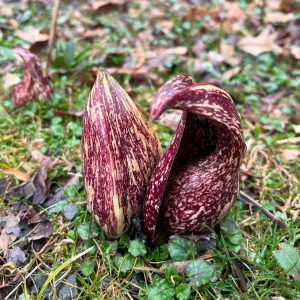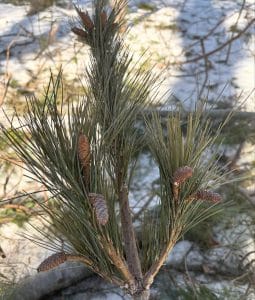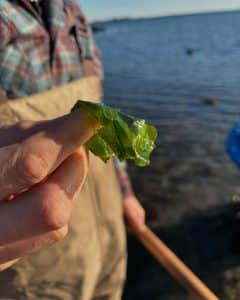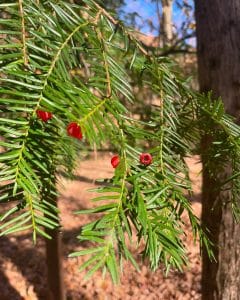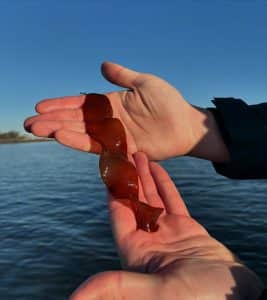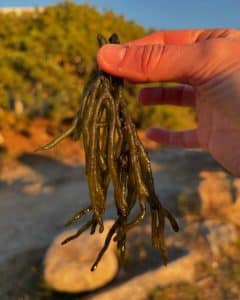The pecan tree (Carya illinoinensis) is a species of hickory, a genus of trees that contains up to 12 species native to the US. As the scientific name suggests, pecans are native to large parts of Illinois and surrounding midwest states. They grow wild throughout the forests and fields of Texas, Missouri and Arkansas, opting for areas of well draining soil.
Widely cultivated for the edible nuts it bears in the fall. The pecan is one of the only native nut trees of America that is cultivated and exported for consumption worldwide. The nuts have become increasingly popular in Asia, particularly within China, where its health benefits are coveted.
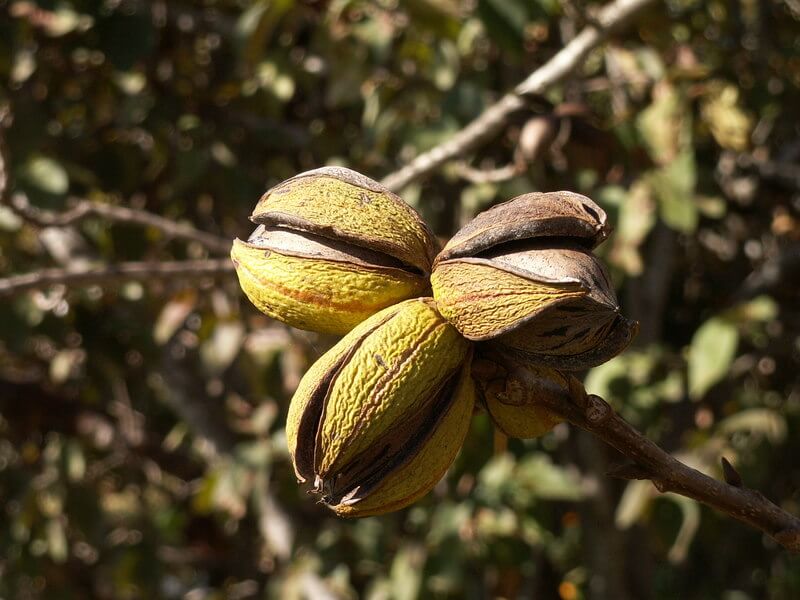
It is a deciduous hardwood tree, growing to a height of roughly 40 meters when fully mature. The leaves are pinnate, bearing simple, ovate, alternately spaced smaller leaflets along the stalk. The fruits appear in late summer, ripening in the fall. The outer layer of the fruit is a light green oval, measuring no more than 6cm. As it ripens, this casing splits open to reveal the smooth brown nut shell within. The pecan itself is contained within this shell, which can be cracked open with a nutcracker. It flowers in spring, with small inconspicuous green catkins forming.
Edible parts and other uses
The seeds are considered the only edible part of the pecan tree. Eaten raw or prepared, pecan nuts can be used in a variety of ways in the kitchen, from sweet to savoury dishes. Pecan pies, to a nutty crumb that can be sprinkled over savoury bakes or meats before roasting.
A fantastic locally foraged recipe to experiment with is pecan granola combined with locally sourced and produced maple syrup. The nutrients of the pecan nut providing a healthy and wholesome start to the day.
The wood of the pecan tree, and other hickory species, is frequently used in the smoking of other foods, particularly grilled meats. As a hardwood it is also a popular choice for carpenters to create unique furniture, fittings and even flooring.
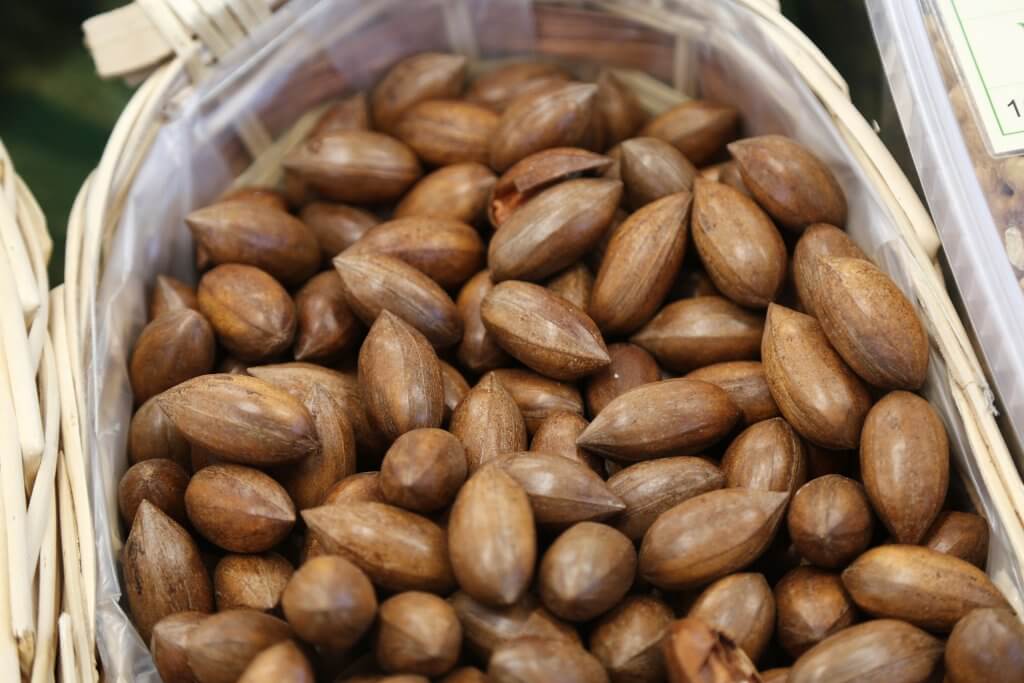
Cautions
Pecans are very easy to identify, making them a great food to forage for beginners. No toxic lookalikes of the pecan nut exist, however careful identification is always recommended before consuming any wild food, no matter how recognisable.
Foraging
The best time for foraging pecan nuts is from mid-fall to early winter. This is when the green outer husk begins to split open, revealing the shell within. Most pecans will be out of reach on the tree, so you’ll need to forage amongst the leaves on the ground to find the fallen pecan shells. Depending on the size of the tree, a few firm shakes should help to dislodge any loose shells. However be sure not to damage the tree, and take care to avoid anything that falls!
Check the nuts for any signs of damage or deterioration, some fruits may have been visited by squirrels or insects. Before use, make sure to dry the pecans for at least one week.
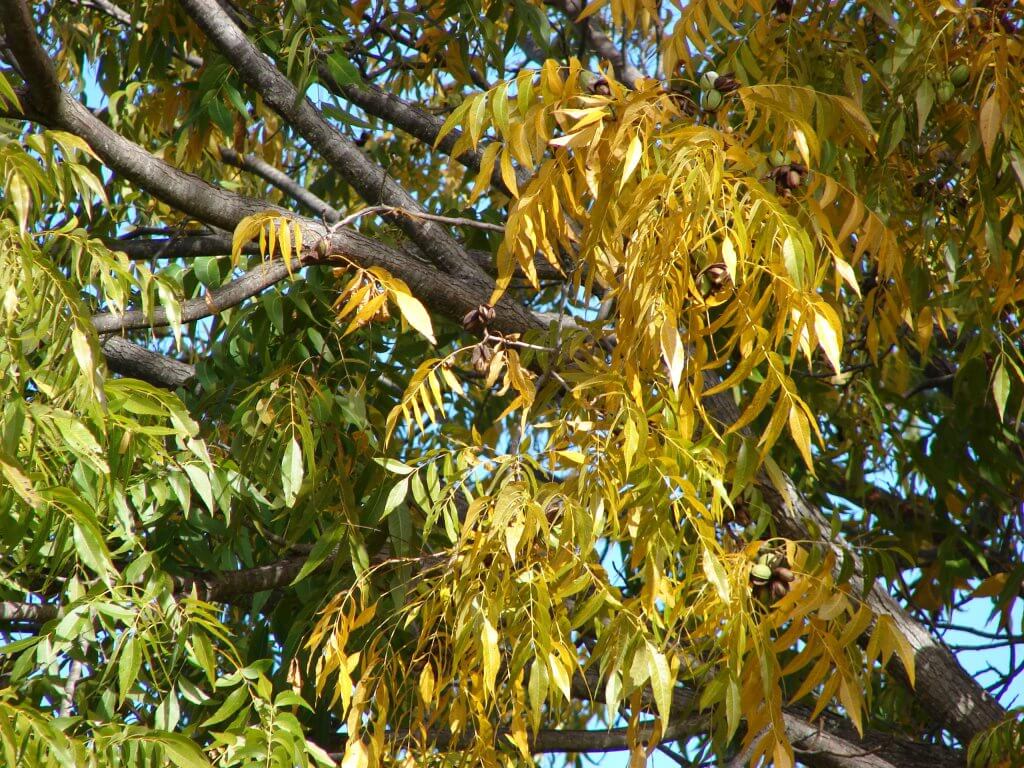
Did you know…
The scientific name for a pecan is actually a ‘drupe’. Other examples of drupe fruits are cherries and nectarines, which consist of a pit or shell, surrounded by the fleshy fruit. The pecan is most similar to walnuts and almonds. These are also known as drupes, but like the pecan, only the nut contained within is eaten.
Conclusion
Pecan nuts are a great source of nutrients. From antioxidants and protein to monounsaturated fats, pecans are a healthy snack that can even help to reduce bad cholesterol. Native Americans coveted pecan nuts as an essentially nutrient rich food source that provided them with energy throughout the winter months. Like many other nuts, pecans can be quite pricey, so collecting your own locally foraged nuts is a great alternative!
—————Written by Hannah Sweet
Hannah is a freelance writer and graphic designer from the UK. With a penchant for travelling, photography and all things botanical, she enjoys writing about a wealth of topics and issues, from conservation and slow living, to design and travel. Learn more about her writing and design services at www.sweetmeanders.co
Many of our readers find that subscribing to Eat The Planet is the best way to make sure they don't miss any of our valuable information about wild edibles.
See our privacy policy for more information about ads on this site

